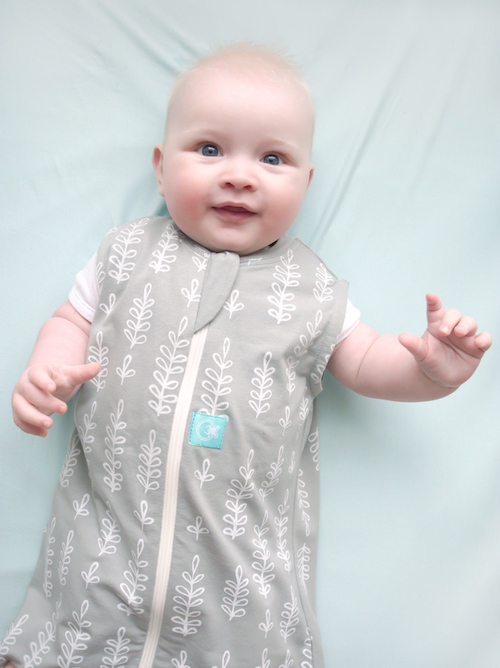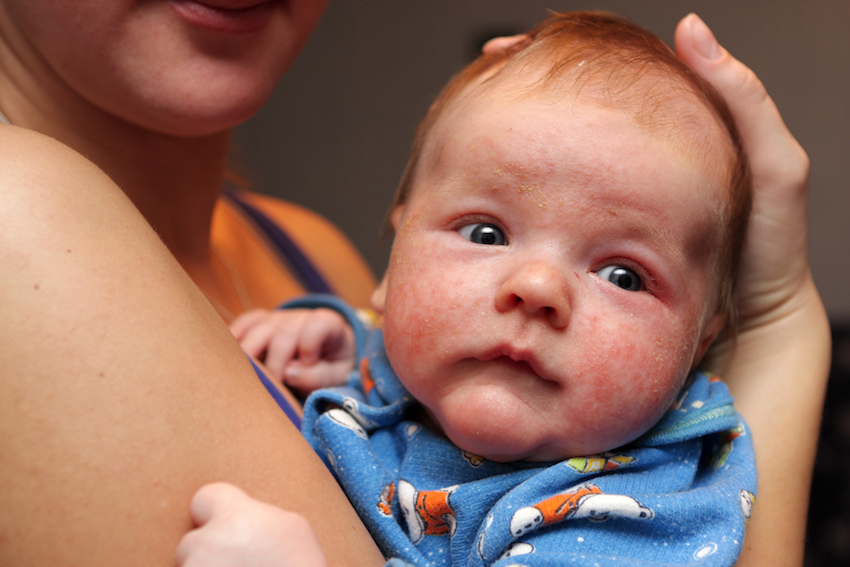- What is cradle cap?
Cradle cap is a skin condition (a type of seborrheic dermatitis) that commonly affects babies for the first few months of life. It sometimes lasts longer and occasionally even adults can get it. Unlike other forms of dermatitis, it’s not itchy.
- How to recognize Cradle Cap
If your baby has a scalp which has yellow dry skin crusts or a flaky appearance and no other symptoms (i.e. fever) this would suggest cradle cap. Sometimes present with redness or a ‘greasy’ look, it could also appear on eyebrows and behind the ears.
- What causes Cradle Cap?
Cradle cap is an oily rather than a dry skin problem. Glands in the scalp make a substance which oils and waterproofs the skin. Babies may have high levels of certain hormones in their bodies after birth, which react with the glands, making surplus oil. There may be a genetic element involved as babies who get cradle cap often have family members with dermatitis, eczema or asthma.
- Prevention and Treatment
Cradle cap usually clears by itself after a few months, but you can help treat it by using the Little Innoscents Massage Oil.
1. Apply the oil directly to the scalp and leave it for several hours or overnight.
2. Wipe the area with a washer when bathing, and then comb your baby’s head with a soft brush.
3. Repeat the process as needed and within a few applications the cradle cap will be gone.
The great news is that although cradle cap is unsightly it’s usually harmless. On a rare occasion however, it is possible for an infection to occur underneath cradle cap, which is indicated by very red skin and blisters, which may weep. Always see your healthcare practitioner if the cradle cap seems to worsen significantly and scaly patches spread to other parts of the body.
It’s interesting to note that a baby who develops cradle cap may be prone to other types of seborrheic dermatitis when they’re older, such as dandruff.
About the Author: Antonette Golikidis has studied Natural Health Science at the Australian College of Natural Medicine and is qualified in Remedial Massage Therapy and Aromatherapy. Currently she lectures in Remedial Massage at a tertiary level. The greatest effort has gone into ensuring the information on this page is valid, however if you are concerned about the health of your child; please visit your healthcare professional.
—–
*While the greatest effort has been invested to ensure the validity of this information, the advice therein is set as a ‘general’ guide only, and your individual needs may require a different method to the one shown. Little Innoscents would like to encourage you to see your regular healthcare professional, should you be concerned for you or your baby’s wellbeing.
You might also like to read:









